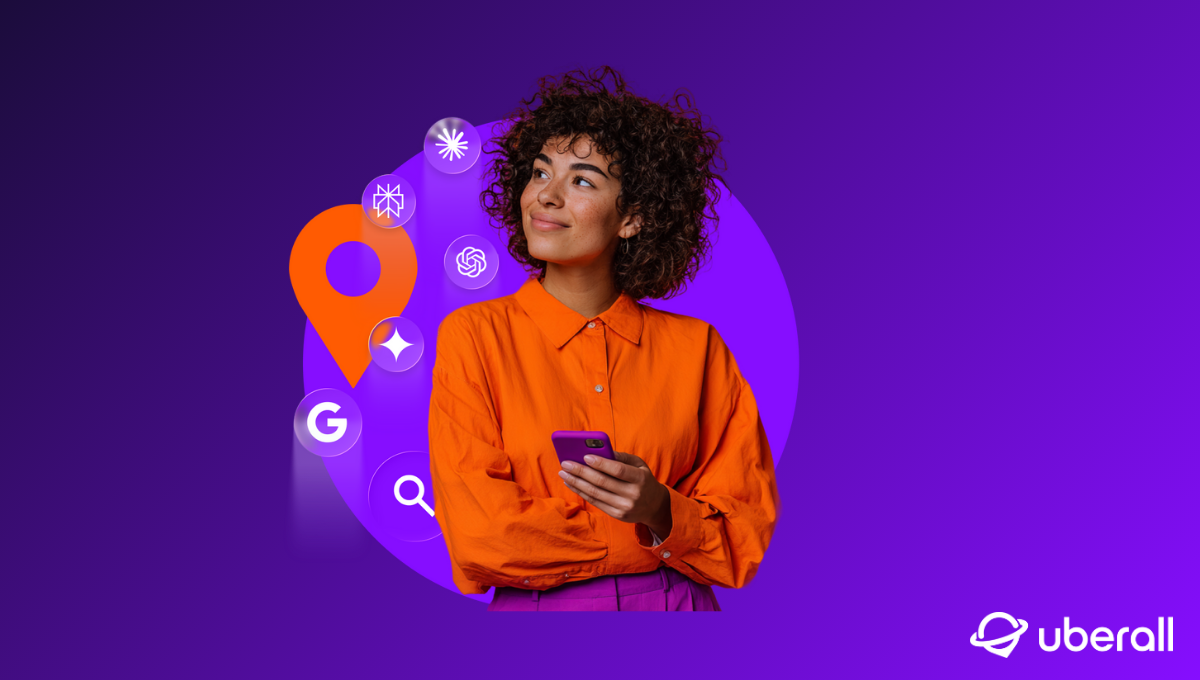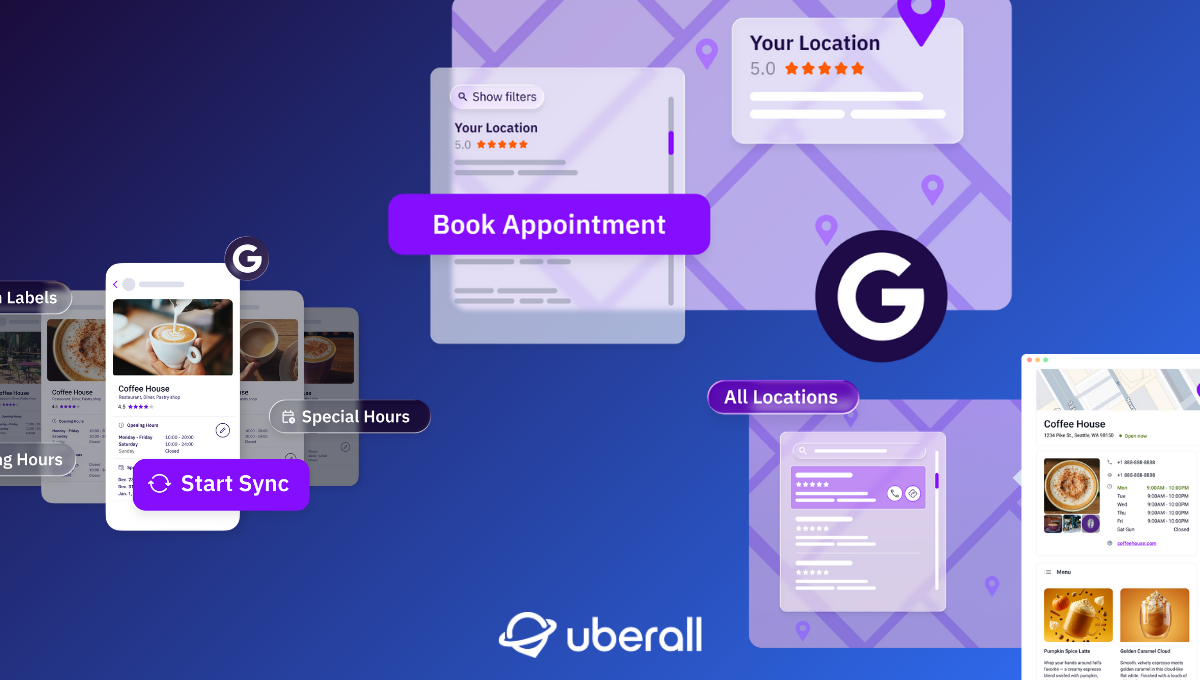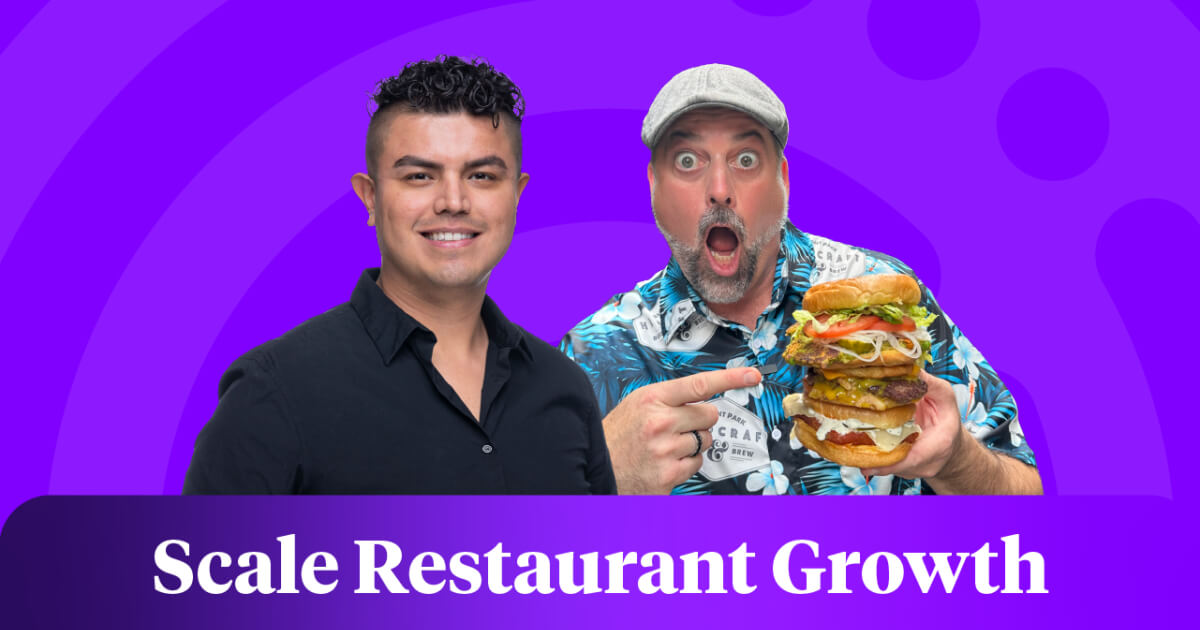
Local Marketing Trends: Why Top Leaders Want You to Embrace AI in 2026
From the exploding use of AI in our workflows to the latest local marketing trends, find out what digital marketing trends to look out for in 2026 — and how to get ready.
In the words of Katie King, CEO of AI in Business and author of Using Artificial Intelligence in Marketing: “The modern marketer is having to juggle so much. It’s like juggling blindfolded during an earthquake.”
Juggling has always been an unofficial part of the marketer’s job description, long before AI threw a spanner in the works. And today, marketers aren’t just navigating new platforms, formats, and algorithms. They’re also expected to manage and master multiple AI-driven local marketing trends, rethink workflows, and still deliver proven ROI under pressure.
And then there’s the imposter syndrome that comes with AI adoption in marketing. Almost everyone assumes someone else is further ahead. Some marketers haven’t taken their first step toward AI adoption. Others are running small pilots. A few are already scaling AI across teams and functions.
There’s a lot to unpack operationally and emotionally. That’s why Uberall’s VP of Solutions, Krystal Taing, brought together a panel of industry experts to break it all down.
- Katie King – CEO, AI in Business
- Omar Riaz — Strategic Partnerships, Google
- Flo Guerrouani — Global SEO Lead, Cushman & Wakefield
- Claudia Tomina — CEO, Reputation Arm
They explored what AI maturity really looks like, why adoption stalls inside organizations, and how leaders can turn hesitation into momentum in the months ahead. Here’s a recap of the conversation and the insights every local marketer should remember as they continue to be world-class jugglers.
The AI Mindset Really Matters
As marketers (and yes, that includes me), we’re being told not just to adopt AI, but to adopt the AI mindset.
That mindset means recognizing the overwhelm and still seeing the opportunities it brings your brand and your own growth. As Katie explains, it’s about taking responsibility for learning, trying new things, and becoming more strategic as AI augments some of our workflows. Her recommendation is for marketers to scale the things that work to free up more time for the human side of the job, where creativity, empathy, and judgment still matter most.
Marketers today are also dealing with more fragmented data than ever, partly because martech stacks are becoming increasingly layered. Instead of bouncing between tools, dashboards, channels, and teams, Katie makes it clear that marketers don’t need more chaos; they need task orchestration.
This is where agentic AI becomes genuinely helpful rather than intimidating. It can surface insights, act on signals, cut down the manual noise, and support human decision-making instead of replacing it.
So how does this translate into local marketing? One opportunity is to use agentic AI to orchestrate the repetitive tasks that sit at the heart of multi-location management — whether that’s monitoring customer sentiment or adjusting special opening hours.
Modern marketers must execute these very tasks to balance global strategy with local execution while serving two audiences at once: people and machines. Humans respond to authenticity, experience, and emotion. Machines respond to structure, accuracy, and performance.
The marketers who succeed will be the ones using the technology that helps them do both. They’ll be able to create brand stories that resonate with real people and send clear, confident signals that algorithms can recognise and amplify.
In an AI search world where local presence needs to perform inside complex ecosystems, this comes down to being contextual, credible, and consistent across every touchpoint.
The Opportunities in Local Search
Most local marketers are more prepared for AI search than they realize. The fundamentals — authenticity, trustworthiness, review quality, and complete business information — have always mattered.
The stakes are now just higher with AI, because SERP visibility alone isn’t enough if your brand or location isn’t the top answer when and where consumers search.
Here’s what the experts shared in summary form, but I’d recommend watching the entire event recording if you want to learn more.
Omar Riaz
Discovery is shifting from keywords to full storylines — across audio, visual, and video formats — powered by richer contextual signals that help match businesses with higher-quality leads.
Reviews, for example, now play a crucial role in AI-driven results — not just the star ratings, but the sentiment and specificity within them. Even negative reviews strengthen authenticity and help AI understand whether your business is a good fit for a given query. As Omar put it, signal density matters: If reviews say your restaurant is noisy, AI will not recommend it to someone searching for a quiet place.
Tip: Encourage reviews that provide as much specific context as possible.
Flo Guerrouani
AI is making local discovery more intuitive and personalized, interpreting natural language and understanding intent through search history and preferences.
That means the foundations of technical SEO matter even more, as well as:
- detailed location pages
- strong brand mentions
- authoritative information (see our article on E-E-A-T)
- complete profiles across every platform
The more complete and accurate the signals, the better a business performs in AI-driven ecosystems like ChatGPT when consumers search for local businesses.
Tip: The more hyperlocal, useful content you share about your brand or location, the better.
Claudia Tomina
Here’s where the conversation comes back to process and consistency.
AI now cites sources and fans out information pulled from across the web, far beyond a brand’s own website. That means businesses must ensure their content is aligned everywhere: directories, reviews, PR, and social mentions.
Review sentiment shapes narrative, so marketers need to manage both reputation and cross-channel consistency. For multi-location brands, this means evaluating each location individually, analyzing the local competitive landscape, and prioritizing the directories and platforms that matter most for that specific location.
Tip: Understand how consumers are discovering local businesses and be authoritative on those platforms.
Katie King
AI will reward brands that are contextual, credible, and consistent across every touchpoint. The goal isn’t to be everywhere — it’s to be everywhere with quality. Influencers, reviews, PR, and structured content all play a role in this.
Marketers must also move beyond static dashboards and toward orchestrated workflows, using AI to boost clarity, free up mental bandwidth, and keep content fresh.
Trusting your martech stack to orchestrate these workflows will remain a challenge, but overcoming this hesitation will be game-changing in the year ahead.
Tip: Take personal responsibility for the continuous journey and curiosity when it comes to agentic AI.
The Year Ahead Is Yours to Define
The local marketing trends experts are talking about are reshaping how consumers discover, evaluate, and choose local businesses. In a nutshell: The stronger and more consistent your signals, the more confidently humans and AI systems can understand, trust, and choose your locations.
For multi-location businesses, leading the change, rather than chasing it, starts with Location Performance Optimization (LPO), which ties everything together. From strengthening visibility, enriching customer interactions, improving local reputation signals, and reducing friction in the path to conversion are no longer “SEO tasks” — they’re the foundation of AI readiness.
Most teams are still figuring these local marketing trends out, and nobody who has ever respected local SEO is truly “behind.” But now is the moment to get your foundations in order, experiment, and lean into tools that help you orchestrate rather than overwhelm.
So juggle on, stay focused, and keep moving with clarity and momentum.
Ready to Transform Your Business?
Connect with our partnership team to learn how Uberall can help you achieve similar results. Get a personalized consultation and discover the opportunities waiting for your business.
Resources











